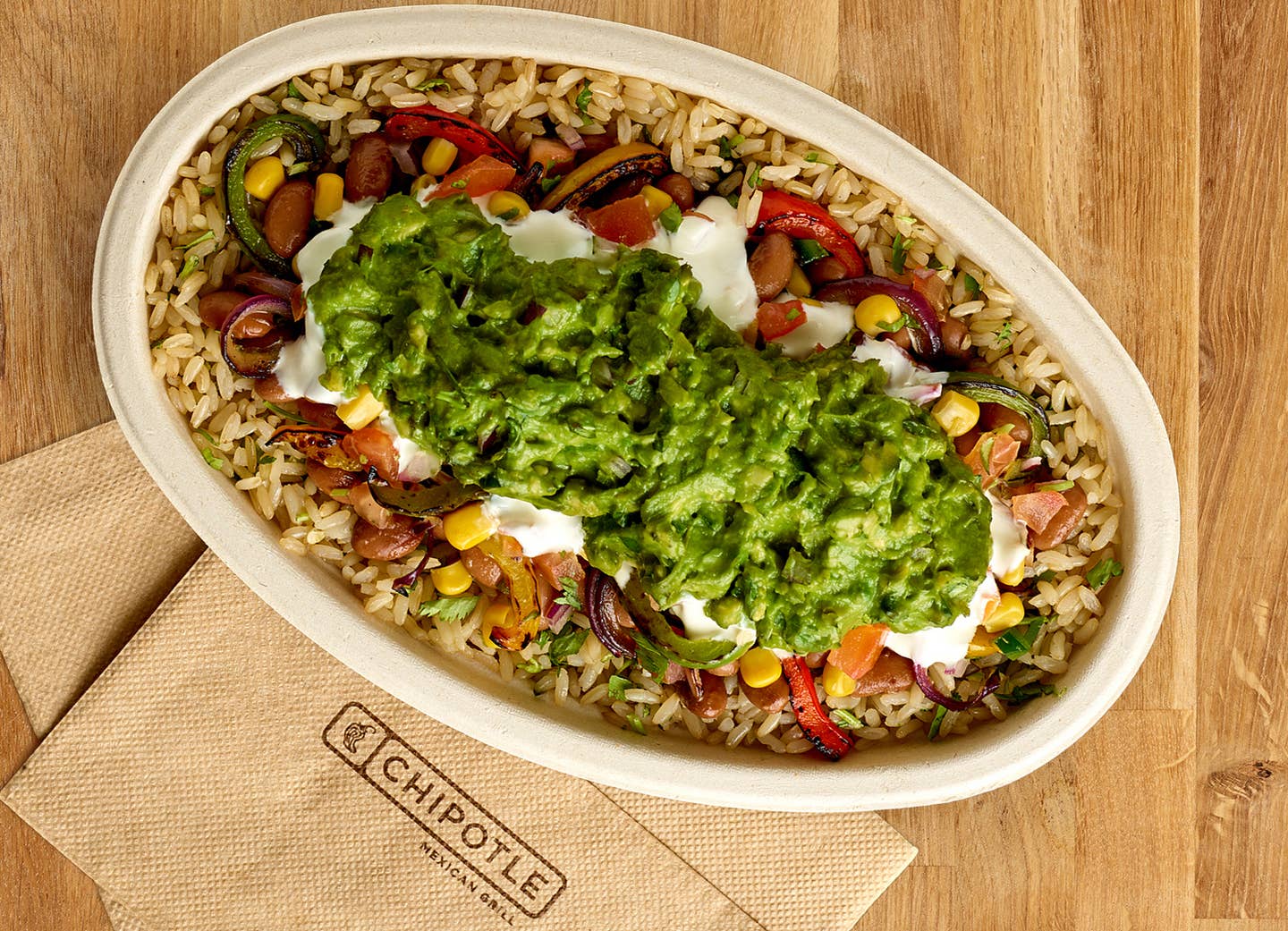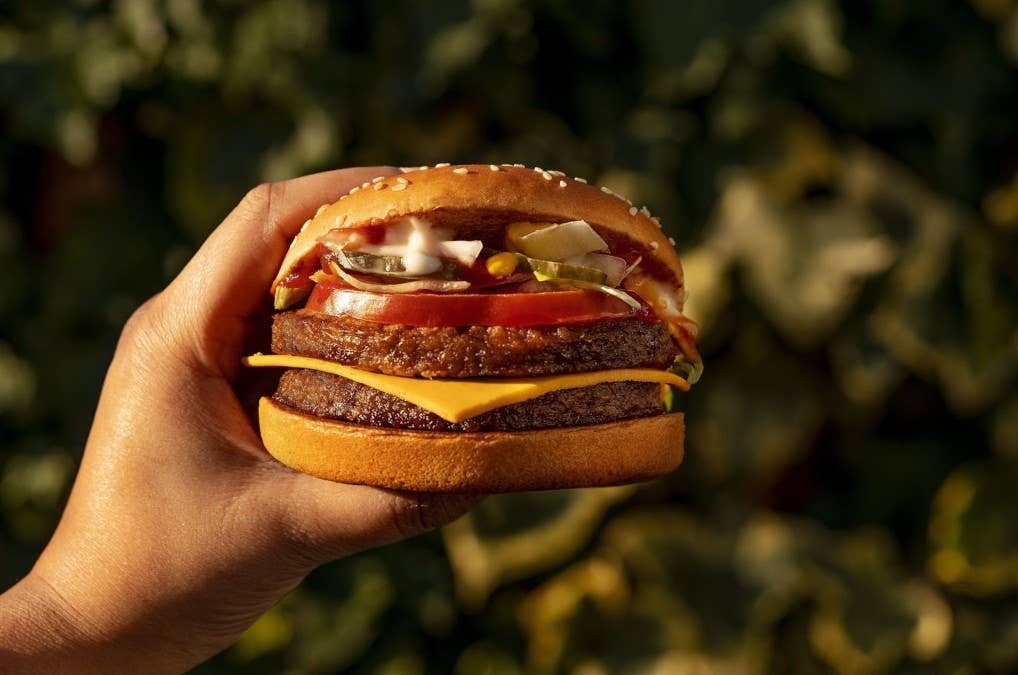
Reducing Meat Consumption Can Slash the Risk of Zoonotic Diseases
Switching to small-scale farming operations is not enough to stop the development of factory farm-related zoonotic diseases. Cambridge University researchers report recently published in the Royal Society Open Science claims that there is no safe animal farming practice to reduce the risk of zoonotic disease, meaning that the only effective method to curb the spread of disease is to minimize meat consumption. The report notes that reducing meat consumption presents major challenges, but it remains the best solution.
Factory farming is consistently criticized for its unsafe production practices, often housing thousands of animals in close, unsanitary conditions. These conditions often increase the developmental risk of infectious diseases, but some animal agriculture companies have attempted to readjust the scale of their production facilities. This new study debunks this new practice as ineffective in reducing the risk of zoonotic disease.
Animal-born pandemics originate from the current structure of the world’s food production systems. The report emphasizes animal agriculture giants avoid improving the living conditions of animals and the pathogens that break loose frequently transform, creating human-threatening viruses.
“We identify significant knowledge gaps for all potential risk factors and argue these shortfalls in understanding mean we cannot currently determine whether lower or higher-yielding systems would better limit the risk of future pandemics,” the report concludes. “These gaps should, we suggest, serve as a call to action.”
The researchers compared the difference between low-yield and high-yield farms to determine if low-yield farming would help reduce environmental damages and risks of zoonotic diseases. The team found that low-yield, less intensive farms would present greater challenges for the environment, disturbing wildlife and increasing contact between wildlife, people, and livestock. The researchers also pointed out that the meat industry produces four times more than it did in the 1960s.
“One approach proposed to reduce EID risks is to dramatically reduce meat consumption,” the report states. “In the extreme this could allow widespread restoration of natural habitats, increasing the health of wild populations while also greatly reducing opportunities for transmission to livestock and people — hence reducing the risks of disease emergence.
“However, given long-term trends in per capita wealth and robust relationships between income and consumption of livestock products, reducing livestock demand substantially is likely to be extremely challenging. This means it is important to determine how any non-zero demand for livestock products can be met at [the lowest] cost in terms of EID risks.”
Lowering Meat Consumption to Save the Planet
Lowering meat consumption is the most viable solution for cutting zoonotic disease risks, but eating plant-based will also help save the planet from the climate crisis. The United Nations’ IPCC report highlights how the world must act to effectively stop the planet from experiencing severe consequences from rising greenhouse gas emissions and pollution. But another report released this April claims that the world must cut meat consumption by 75 percent to halt climate change.
Vegetarians, vegans, and flexitarians have reduced meat and dairy consumption for decades citing animal welfare and health as primary motivators, but within the last decade, calls for environmental action have encouraged more than half of American consumers to shop with sustainability in mind. Suddenly, climatarianism – the diet dictated by environmental impact – is becoming one of the most popular plant-centric diets.
The Cost of Cheap Chicken
Last January, the Swedish poultry industry faced one of the worst outbreaks of the avian flu in years. Due to the avian flu outbreak, Swedish production companies culled over 1.3 million chickens. The growing number of outbreaks can be attributed to the poor conditions of factory farms. Despite industry giants claiming to improve standards from behind greenwashing labels, most animal agriculture giants have made marginal efforts to better the cruel and risky practices.
This February, The New York Times teamed up with Mercy For Animals to release the exposé on the poultry industry. The Life of Chickens video and article revealed a close-up of the appalling conditions that chickens are raised in before food production. The unhealthy conditions indicate a high risk of disease that threatens not only the lives of chickens but the consumers purchasing chicken or other poultry products.
For more plant-based happenings, visit The Beet's News articles.
31 Delicious, Plant-Based Recipes to Make on Repeat
Want fresh ideas for meals that are healthy, plant-based, and delicious? This free newsletter is for you. Sign up to get a recipe of the day delivered to your inbox every morning.
Lemon Artichoke Pasta Recipe
Lemon, Basil, and Artichoke Pasta to Enjoy For Spring
Vegan Coconut Cauliflower Curry Full of Anti-Inflammatory Superfoods
Spring Salad Recipe
Make This Nutrient-Packed Rice Bowl with Jicama and Brown Beans
How to Make Zooey Deschanel’s Vegan Caesar Salad with Roasted Chickpeas
Vegan Bruschetta Pasta Salad
Sweet and Sour Shaved Cauliflower and Fennel Salad
How to make a vegan chickpea salad bowl
Make This Chickpea and Avocado Grain Bowl With Creamy Tahini Dressing
GF and Vegan Recipe: Buckwheat Pancakes with Caramelized Maple Peaches
Healthy Recipe: Potato and Chickpea Salad Topped With Crunchy Hazelnuts
Asian-Inspired Crispy 5-Spice Tofu Lettuce Wraps With Cabbage Slaw
Zooey Deschanel Shares Her Secret Pesto Recipe She Adds to Pasta, Salad, & More
Black Pepper Tofu With Rice and Broccolini
Healthy Vegan Breakfast: Pickled Cabbage Quinoa Bowls with Pea Pesto Recipe
Recipe of the Day: Blackberry Basil Yogurt Toast
Healthy Plant-Based Lunch: Kidney Bean Arugula Salad Recipe
Summer Rolls w: Sweet & Spicy Peanut Sauce Recipe 5
Summer Rolls with Sweet & Spicy Peanut Sauce
Make This Loaded Salad with Creamy Hemp-Balsamic Dressing
How to make Thai Curry Noodle Soup
Vegan Thai Curry Noodle Soup
Vegan, Keto Rainbow Cauliflower Rice Sushi
Roasted Sweet Potato & Spinach Grain Bowl
Easy Baked Artichokes with Rosemary and Lemon
Make This Cajun Caesar Salad with Blackened Chickpeas For a Healthy Lunch
Make This Delicious Vegetable Pad Thai For a Healthy, Plant-Based Dinner
Roasted Aubergine and Tomato Pasta with Basil Pesto
Enjoy This Delicious Lentil and Sweet Potato Salad Just in Time For Spring
Vegan Buddha Bowl With Quinoa and Vegetables
Vegan Buddha Bowl With Quinoa and Vegetables
Make This Sweet and Savory Tempeh Coconut Curry Dish for a Delicious Dinner
Why We Love It: Moroccan inspired salad is gluten-free, low in calories, and easy to make. It’s packed with fresh and whole foods including several immune-boosting foods like cumin, ginger,…
Moroccan-Inspired Salad with Superfoods and Plant-Based Protein
How to make Mark Bittman’s risotto recipe
Mark Bittman’s Barley Risotto with Beets and Greens
How to make Coconut Ceviche.
Vegan Coconut Ceviche Created by the Chef of Planta
More From The Beet






